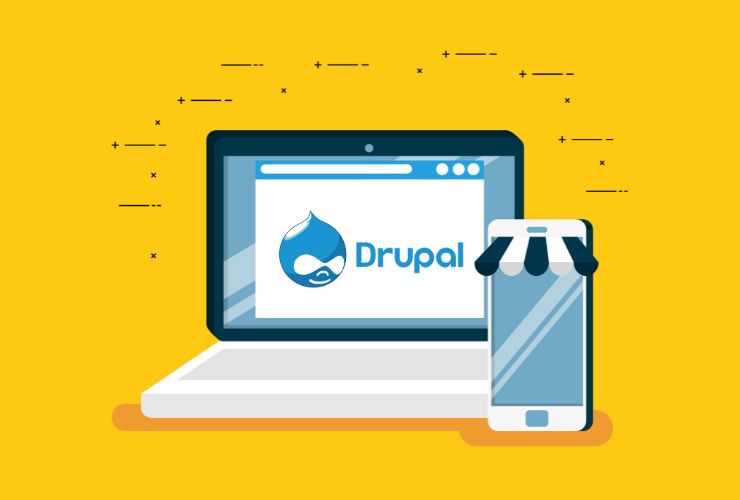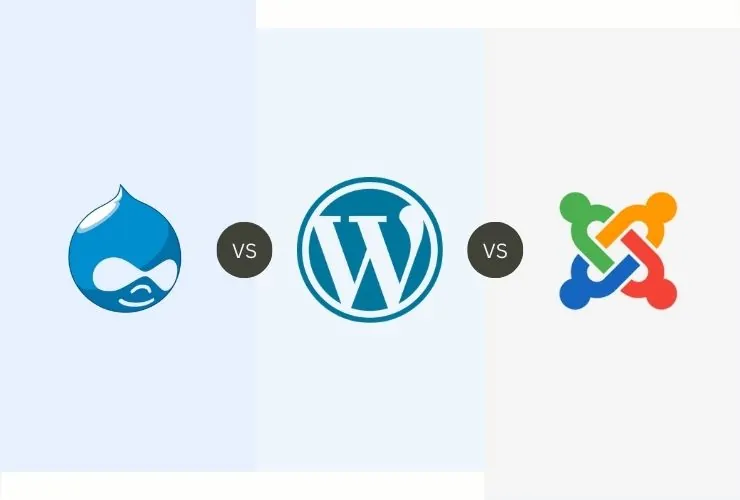A fast-loading website is not just essential for enhanced user experience, but for search engine rankings as well as highest possible interaction. In today’s competitive online space, even slight delay of a couple of seconds can lead to gargantuan drop-offs in conversions and user stickiness. Drupal, being flexible and powerful, requires appropriate performance optimization to work at its best level. While caching is a common first step, deeper enhancements like integrating a Content Delivery Network (CDN) and optimizing image assets can take your site performance to the next level.
In this article, we’ll dive into how implementing a CDN and smart image optimization techniques can drastically improve the speed and reliability of your Drupal site.
Why Performance Optimization Matters in Drupal
Performance is at the center of any successful website. A sluggish site not only frustrates visitors but directly affects bounce rates, customer satisfaction, and search engine rankings. As Google prioritizes user experience and page speed as ranking signals, performance neglect can damage your visibility and competitiveness.
Drupal is a highly scalable CMS system, but when dealing with high amounts of content, media files, or users, performance bottlenecks can occur if tuning is not done. CDN integration and image optimization are where these come into play.
Taking advantage of a CDN with Drupal
A Content Delivery Network (CDN) speeds up webpage loading by caching and delivering static resources from servers located close to the visitor’s geographic region. This significantly contributes to reducing latency, offloading server, and delivering resources faster—especially with global audiences.
Critical Benefits of Using a CDN with Drupal
Following are the critical benefits of using a CDN with Drupal:
- Faster Page Load Times: Delivering assets like CSS, JavaScript, fonts, and images from edge servers minimizes response time.
- High Scalability and Uptime: In times of high traffic, CDNs help manage the load efficiently and prevent site crashes.
- Reduced Bandwidth Costs: By unbundling static content delivery, CDNs reduce the burden on your origin server.
- Better Security: A majority of CDN providers offer built-in security against DDoS attacks, data breaches, and malicious traffic.
Top CDN Providers Compatible with Drupal
- Cloudflare: Offers global edge servers, DDoS mitigation, and performance metrics.
- Akamai: Renowned for its high-end business-level features and massive global infrastructure.
- Fastly: Famous for its edge-side include technology and developer-centric API integration.
- Amazon CloudFront: Intends nicely with AWS services and is highly scalable.
How to Install a CDN in Drupal
Install a CDN Integration Module: Install the CDN module or alternative.
- Update URL Settings: Enable the module to rewrite static files URLs (e.g., /sites/default/files) to your CDN domain.
- Configure Headers and Compression: Set up HTTPS, caching headers, and gzip for optimal performance.
- Monitor and Test: Use tools like Google PageSpeed Insights, WebPageTest, or GTmetrix to test results and make iterative adjustments.
Optimization of Images in Drupal
Images are typically the heaviest items on any page. Unoptimized, they slow down page loads, especially on band-limited mobile devices. Drupal boasts a number of out-of-the-box and contributed modules to manage, compress, and deliver responsive images without losing any quality.
Best Practices for Image Optimization
- Responsive Image Styles: Offer different image sizes for different devices to reduce unnecessary downloads.
- Lazy Loading: Deliver offscreen images only when scrolled into by the user.
- Compression Without Loss of Quality: Apply lossy and lossless compression to minimize file size.
- Utilize Contemporary Formats: WebP and AVIF offer superior compression ratios over JPEG and PNG.
Drupal Modules for Image Optimization
- Image Optimize: Allows integration with TinyPNG, Kraken.io, and ImageMagick for automatic compression.
- Responsive Images Module: Adapts image rendering in accordance with screen resolution and device type.
- WebP Module: This module automatically converts images to WebP format to provide better compression and quicker delivery.
Using these tools guarantees a mobile-friendly, SEO-optimized experience without a visual quality compromise.
Synergizing CDN and Image Optimization for Best Performance
Although both of these approaches—CDNs and image optimization—are performance-rewarding separately, their synergy implementation provides the best outcome. Here is how you can coordinate the two to ensure maximum performance:
- Deliver Optimized Images via CDN: Configure your CDN to compress and serve responsive images.
- Automate the Process: Have automatic compression and format conversion as part of uploading images.
- Integrate with Caching and Lazy Loading: Apply Drupal caching methods alongside image lazy loading to accelerate the perceived performance.
Combining these methods ensures faster first loads, lower bounce rates, and a better browse experience on every device and geography.
Final Thoughts
It is a challenging task to increase the performance of Drupal, but tangible and immediate gains can be achieved by focusing on CDN integration and image optimization. These modifications not only decrease load times but also facilitate higher SEO ranking, increased user engagement, and enhanced mobile experiences.
With the right modules and plugins, you can make your Drupal site not just feature-rich, but also blazingly fast and scalable. Be it a blog, a business website, or an entire e-commerce store, investing a buck in optimization always pays rich dividends.














